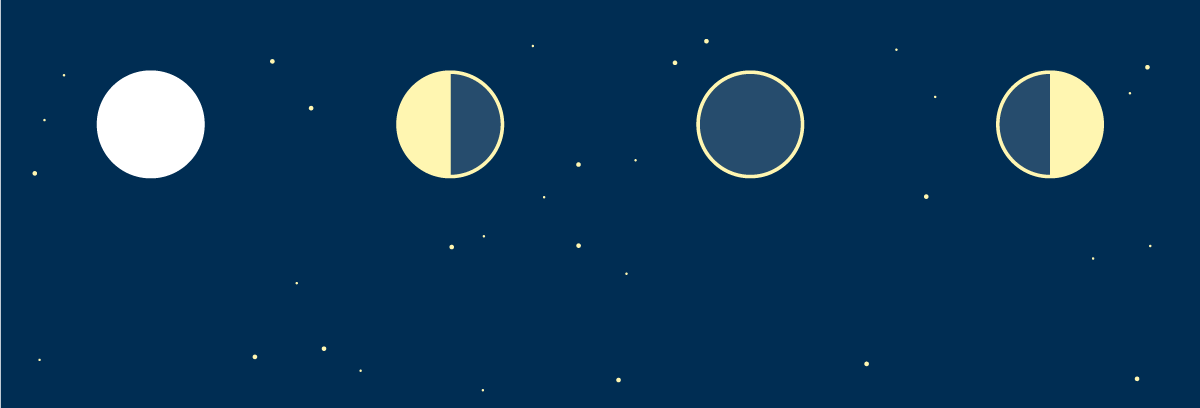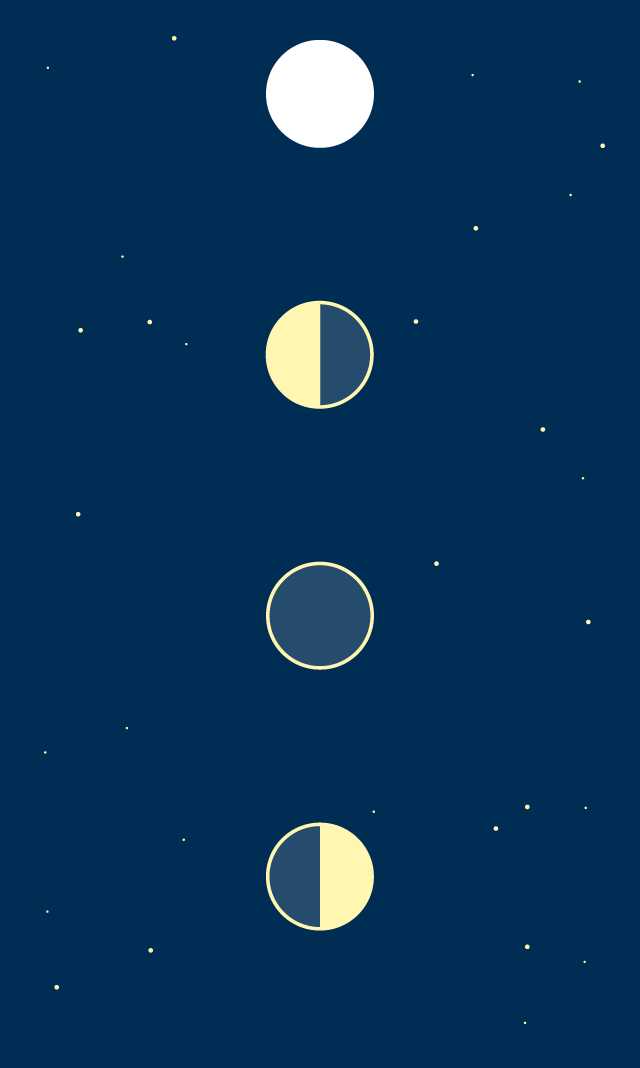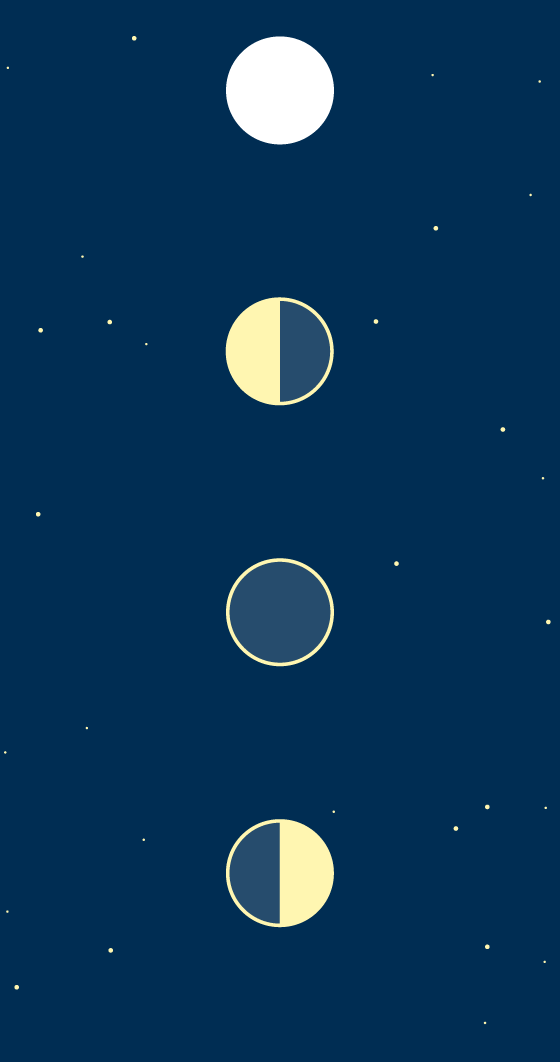Geneva"Wake me up when September ends," sings Billie Joe Armstrong in one of the songs on the album American idiotby the punk-rock band Green Day. In this song, the singer pays tribute to his father who died one September day. The fact is that this month, like the song itself, has a melancholic quality for many people: the holidays are coming to an end, summer is drawing to a close with the days getting shorter, and everything returns to its harsh routine, which provokes an unconscious desire for October to arrive quickly. Fortunately, we can heal the nostalgia for times past, even if only partially, with a night sky filled with diverse and interesting offerings.
A lunar eclipse rises over the horizon
This Sunday, September 7, a total lunar eclipse will take place, in which the Earth's shadow will be completely projected onto our satellite. Although the eclipse will be visible in all its splendor in central Asia, in Catalonia it can be observed early in the evening, just as the Moon appears over the horizon around 8:30 p.m. At that time, the eclipse will already be in its total phase and can be observed until approximately 10:00 p.m. To observe it safely, it is necessary to stay away from rugged terrain and position yourself where the eastern horizon is as clear of clouds as possible. Any point along the Catalan coast thus becomes one of the most favorable places for observing it. Observing this eclipse poses no risk, so it can be viewed without any type of protection.
If you're lucky enough to live in New Zealand or vacation in the easternmost islands of Oceania, you'll be able to enjoy a partial solar eclipse on September 21st, in which a maximum of 85% of the Sun will be obscured by the Moon. However, in this case, you'll need to protect your eyes with special glasses that filter out most of the solar radiation.
The best time to observe Saturn
We'll still be able to enjoy several planets scattered throughout the night. Venus will continue to be visible as the brightest point in the sky during the early morning hours and will pass behind the lunar disk on the 19th. Unfortunately, this phenomenon will occur during the day, so it won't be possible to observe it. To see Jupiter, we'll have to wait until the second half of the night, when it will appear over the eastern horizon. Mars, meanwhile, will be very close to the Sun's position during the night, and we'll have to wait until the Sun sets over the horizon to see it for a few brief moments.
However, the planet that will stand out the most during September will be Saturn, which will be in opposition on the 21st. This means that the ringed giant, our planet, and the Sun will be practically aligned. Thus, it will be an ideal time to observe this marvel of the solar system at any time of night. Contemplating the majestic structure of this gas giant is one of the most revealing experiences in astronomy, and with the help of powerful binoculars or a telescope, you can even make out the rings.
Meanwhile, the winter constellations will slowly make their way past the summer ones. Thus, Cassiopeia, with its distinctive W-shape, will reach a great height in the night sky, accompanied by its daughter Andromeda. In Cassiopeia, we can find a wide variety of stars that can be observed with the naked eye or with binoculars. Schedar, for example, the brightest star in the constellation, is a red giant in the final stage of its evolution. Hence the orange hue that can be seen with the naked eye.

Lluna
PLENA
diumenge 7
18.09 h
QUART
MINVANT
diumenge 14
10.33 h
Lluna
nova
diumenge 21
19.54 h
QUART
CREIXENT
dillun 29
23.54 h

Lluna PLENA
diumenge 7 | 18.09 h
QUART MINVANT
diumenge 14 | 10.33 h
Lluna nova
diumenge 21 | 19.54 h
QUART CREIXENT
dillun 29 | 23.54 h

Lluna PLENA
diumenge 7 | 18.09 h
QUART MINVANT
diumenge 14 | 10.33 h
Lluna nova
diumenge 21 | 19.54 h
QUART CREIXENT
dillun 29 | 23.54 h
Astronomical calendar
September 7: Total lunar eclipse. Visible from Catalonia in the early evening, looking east. After the eclipse, you can enjoy the full moon.
September 10: The Moon will be at perigee, the point in its orbit closest to Earth.
September 12: Mercury will reach its maximum brightness, although we will find it very low in the sky and very close to the Sun.
September 13: The Moon and Uranus will be very close together, separated by only 5°. Mercury will be in conjunction with the Sun.
September 16: The Moon will be very close to Jupiter, with a separation of only 4°.
September 19: The Moon and Venus will be in conjunction, separated by less than one degree of arc. Venus itself will also pass very close to Regulus, the brightest star in the constellation Leo.
September 21: Partial solar eclipse visible only from the eastern islands of Oceania. Saturn will be at opposition, making it the best time of year to observe it with binoculars or a telescope.
September 22: Autumnal equinox at 8:19 p.m. Autumn officially begins.
September 23: Neptune will be in opposition. This is a good time to try to find the blue planet with the help of binoculars or a telescope.
September 24: The Moon and Mars will pass very close to each other.
September 26: The Moon will be at its apogee, the farthest point in its orbit from Earth.
September 27: The Moon will pass very close to Antares, the brightest star in the constellation of Scorpius.




